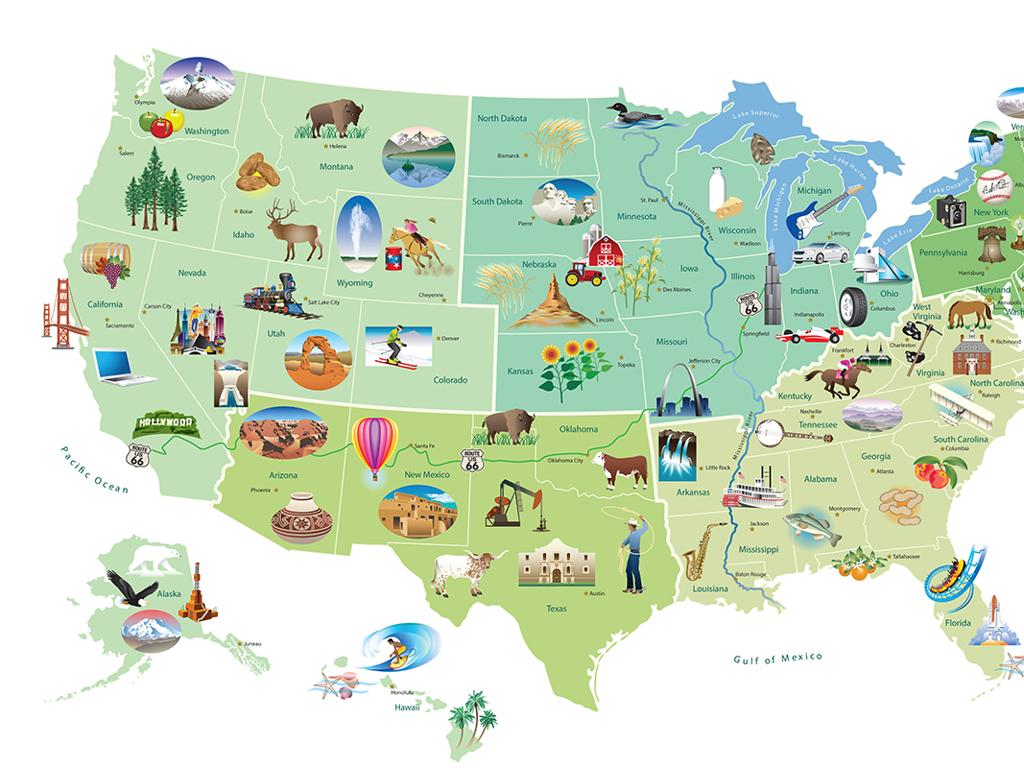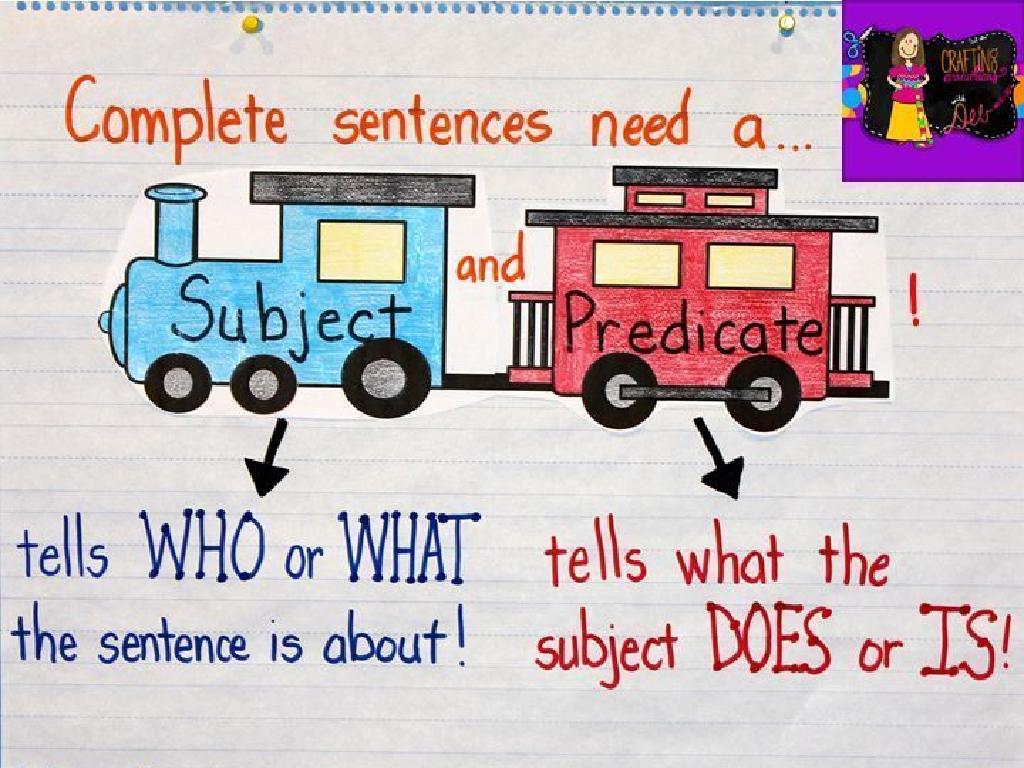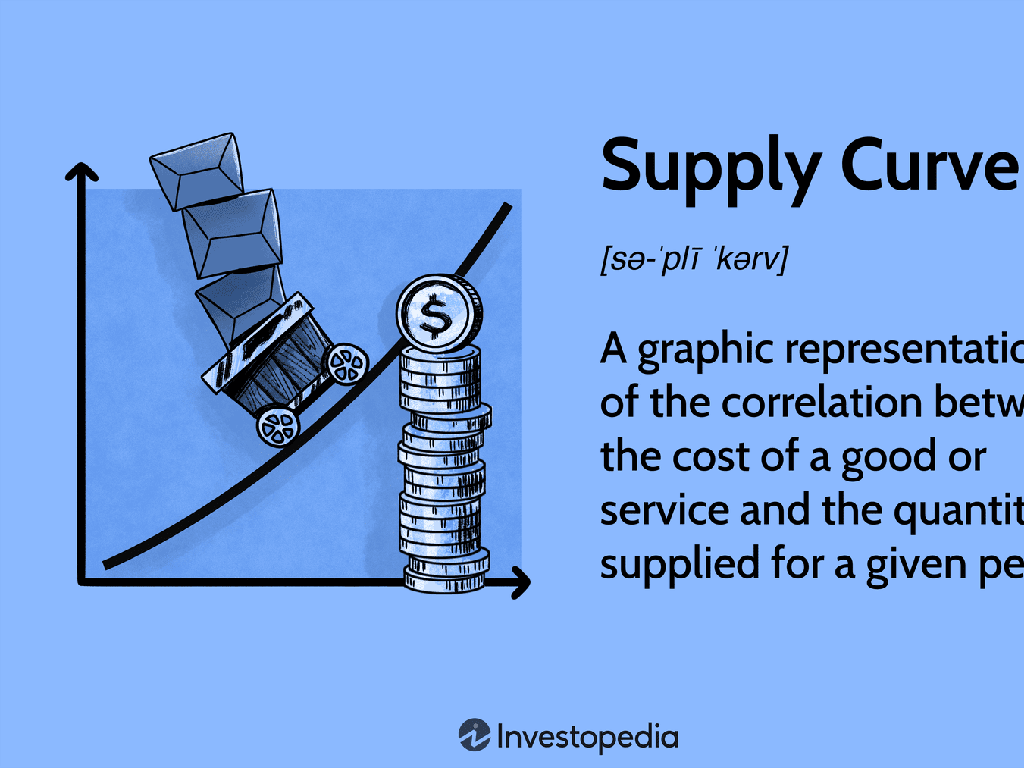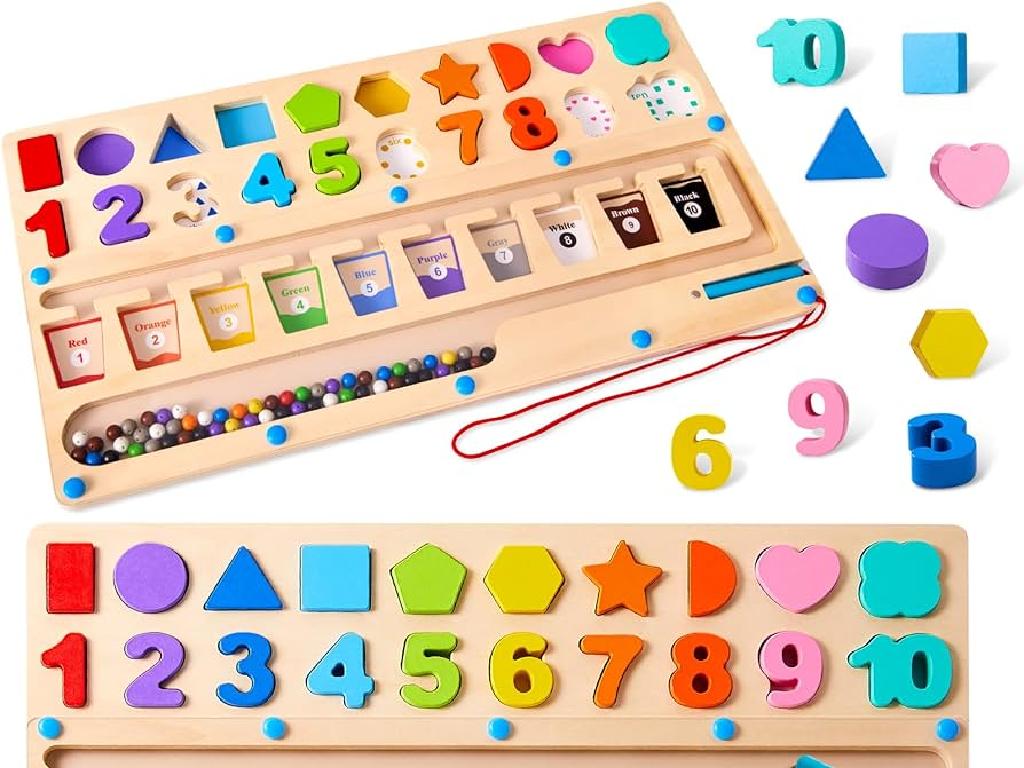Compare Size, Weight, And Capacity
Subject: Math
Grade: First grade
Topic: Measurement
Please LOG IN to download the presentation. Access is available to registered users only.
View More Content
Welcome to Measurement!
– Comparing sizes: big and small
– Look at objects and decide which is bigger or smaller
– Comparing weights: heavy and light
– Use a scale to see which object weighs more
– Comparing capacities: full and empty
– Fill containers with water to see which holds more
– Understanding measurement concepts
|
This slide introduces the basic concepts of measurement to first graders. Start by explaining that size refers to how big or small something is, and show them examples with common objects. For weight, demonstrate with a balance scale the concept of heavy and light by comparing objects like a book and a pencil. For capacity, use containers of different sizes and show how they can be full or empty by pouring water or using blocks. Engage the students with hands-on activities where they can physically compare these attributes to solidify their understanding. Encourage them to ask questions and explore these concepts with classroom objects.
Understanding Big and Small
– What ‘big’ and ‘small’ mean
– ‘Big’ means large size, ‘small’ means little size
– Comparing sizes of objects
– Look at objects and decide which is bigger or smaller
– Examples: Big vs. Small items
– Elephant is big, mouse is small; truck is big, toy car is small
|
This slide introduces the concept of size comparison to first graders by defining what ‘big’ and ‘small’ mean in a tangible way. Start by explaining that ‘big’ refers to something of a large size, while ‘small’ means something is of a little size. Use relatable examples like animals or toys to illustrate the concept. Encourage the students to think of their own examples of big and small things and discuss why they fit into each category. This will help them grasp the idea of size comparison, which is a fundamental part of understanding measurement.
Heavy and Light: Comparing Weights
– Understanding heavy and light
– Using clues to guess weight
– Is a feather heavier or lighter than a book? How can you tell?
– Comparing weights with a scale
– A scale shows us which item weighs more by going down on one side.
– Hands-on activity with scales
|
This slide introduces the concept of weight and how to compare different objects to determine if they are heavy or light. Start by discussing everyday objects and asking students to describe them as heavy or light based on their experiences. Introduce the concept of a scale and demonstrate how it can be used to measure weight by showing that the side with the heavier object goes down. Plan a hands-on activity where students can use classroom scales to weigh objects and compare their weights, fostering engagement and practical understanding of the concept.
Understanding Full and Empty
– What does ‘full’ mean?
– ‘Full’ means no space left
– What does ’empty’ mean?
– ‘Empty’ means nothing inside
– Comparing container capacity
– Which container can hold more?
– Activity: Full vs. Empty
– Find objects to fill containers
|
This slide introduces the concepts of ‘full’ and ’empty’ as they relate to the capacity of containers. Begin by explaining that ‘full’ means there is no more space left in a container for anything else, while ’empty’ means there is nothing inside the container. Use visual aids like a glass of water or a box of toys to demonstrate these concepts. Then, engage the students in a hands-on activity where they compare the capacity of different containers, guessing which one can hold more, and then testing their hypotheses by filling the containers with objects like blocks or water. This activity will help solidify their understanding of capacity and the meaning of full and empty.
Comparing Sizes: Small to Big
– Order objects by size
– Identify the smallest object
– Which object takes up the least space?
– Identify the biggest object
– Which object takes up the most space?
– Understanding size comparison
– Size comparison helps us organize and measure things in our world.
|
This slide is aimed at helping first graders understand the concept of size comparison by arranging objects in order of their size. Start by explaining that size refers to how big or small something is. Use classroom items or illustrations to demonstrate this concept. Have the students practice by picking out various objects and placing them in order from the smallest to the biggest. Encourage them to use their observation skills to determine which object is the smallest by looking at which takes up the least space and which is the biggest by seeing which takes up the most space. Reinforce that understanding size is important for describing and comparing objects in the world around them.
Comparing Weights with Balance Scales
– Learn to use a balance scale
– Compare toy weights
– Which toy is heavier or lighter?
– Make predictions
– Guess: Which side will lower?
– Observing the scale
– Watch the scale tip and see results
|
This slide introduces students to the concept of comparing weights using a balance scale. Start by explaining how a balance scale works and that it can be used to find out which object is heavier or lighter. Encourage the children to make predictions about which toy they think will be heavier before actually using the scale. This engages their critical thinking and anticipation skills. After the demonstration, discuss the results with the class to confirm or reassess their guesses. Activities can include comparing various pairs of toys, using standard weights, and even having the students bring items from home to weigh in class.
Comparing Capacities: Which Holds More?
– Understanding capacity
– Comparing two containers
– We’ll use water to test which container can hold more.
– Observing which fills first
– The container that takes longer to fill has a larger capacity.
– Discussing our findings
|
This slide introduces the concept of capacity to first graders by engaging them in a practical activity. Capacity refers to the amount of space inside a container and can be measured by seeing how much it can hold. The activity involves comparing two containers by filling them with water to determine which one has a greater capacity. It’s a visual and interactive way to help students grasp the concept of volume and capacity. Teachers should prepare two different-sized containers and ensure there is enough water for the activity. After the demonstration, discuss with the students why one container held more and how they can use this knowledge in real life, such as when choosing a cup for their drink.
Class Activity: Sorting Game
– Let’s play a sorting game
– Compare objects by size
– Which is bigger or smaller?
– Sort objects by weight
– Which is heavier or lighter?
– Arrange by capacity
– Which holds more or less?
|
This interactive class activity is designed to help students understand the concepts of size, weight, and capacity through hands-on experience. Provide a variety of objects for the students to sort. For size, items like blocks, books, and balls can be used. For weight, compare objects such as pencils, erasers, and small toys with a balance scale if available. For capacity, use containers of different sizes filled with items like beads or water. Encourage students to use appropriate vocabulary and ask them to explain their reasoning. Possible activities: 1) Sorting toys into big and small categories, 2) Using a classroom scale to weigh classroom supplies, 3) Filling different sized containers with sand to compare capacity. This will help students grasp the practical aspects of measurement.
Fantastic Measurers!
– Congratulations on learning measurement!
– Measurement describes our world
– It’s how we understand big, small, heavy, light, full, or empty
– Comparing sizes, weights, capacities
– Which is taller? Heavier? Holds more?
– Keep practicing these skills
– Use everyday objects to compare at home
|
Well done to all the students for their hard work in learning about measurement! It’s important to remember that measurement is a tool we use to describe and compare different objects around us. Whether we’re looking at the height of a friend, the weight of a pet, or how much juice fits in our cup, measurement helps us make sense of things. Encourage the students to keep practicing by comparing objects at home, like which of their toys is the lightest or which container holds the most water. This will help reinforce their understanding and make them even better at measuring!






